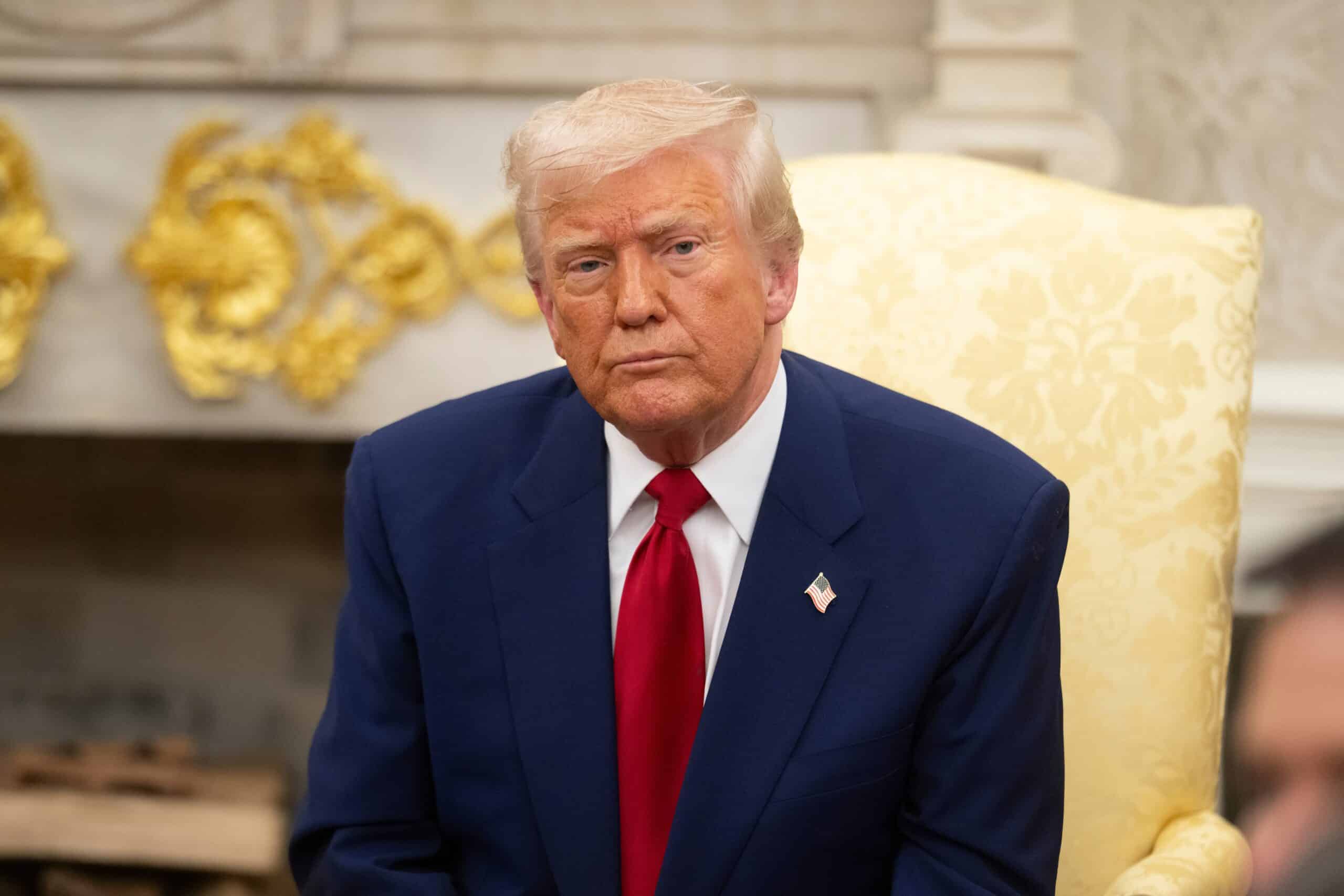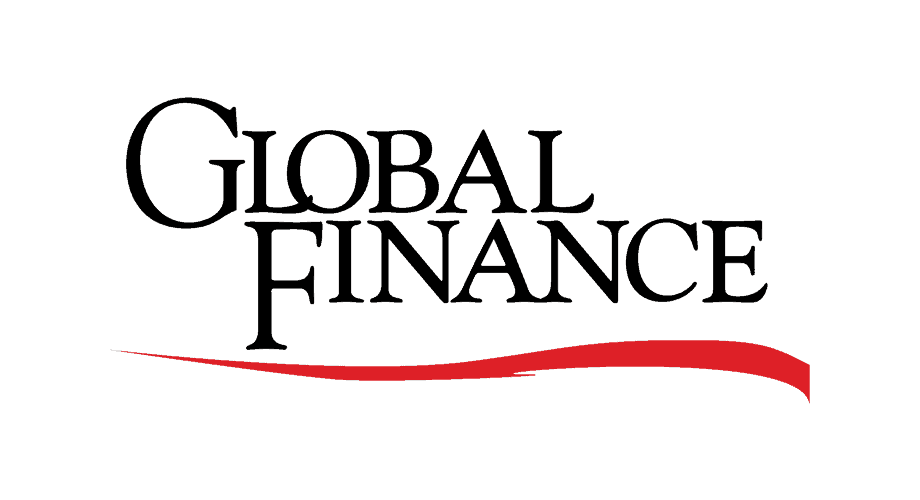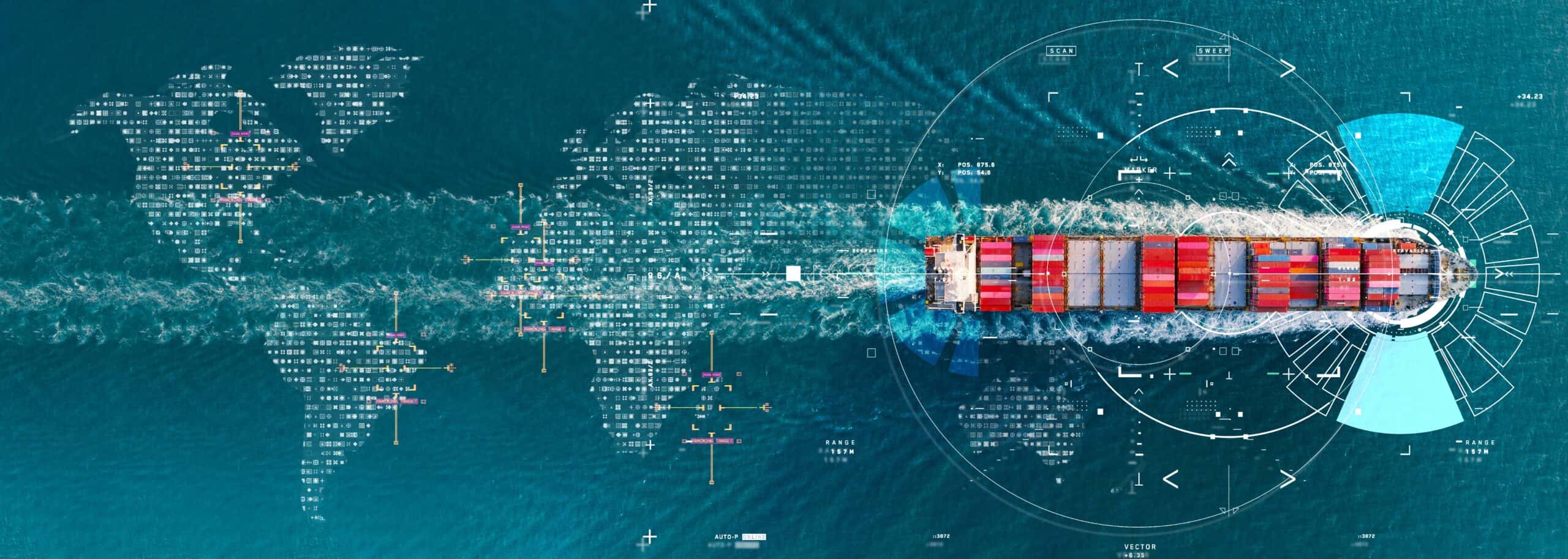Appeals Court Pauses Ruling That Blocked Trump’s Tariff Plan

The US Court of Appeals temporarily lifted the US Court of International Trade’s order that froze Trump’s ability to move forward with most of his tariffs.
A federal appeals court on Thursday paused the US Court of International Trade’s (CIT) ruling that struck down President Donald Trump’s sweeping use of emergency powers to impose tariffs on dozens of countries.
The ruling by US Court of Appeals for the Federal Circuit temporarily restores Trump’s ability to move forward with tariffs using the emergency powers he declared last month. The court set a deadline of June 5 for the plaintiffs and June 9 for the government to reply.
The latest development muddies the regulatory back-and-forth over whether tariffs would be ultimately implemented and, if so, how steep they could be.
Recall how Trump began threatening tariffs back in February. Despite the rhetoric, substantive orders didn’t emerge for several weeks after that. “He kept doing this kind of seesaw effect of putting them on again, off again, on again, off again,” economist Phillip Magness, a senior fellow at the Independent Institute and David J. Theroux Chair in Political Economy, says. “And it wasn’t really until we got to the so-called ‘Liberation Day’ tariffs on April 2 that we had anything even resembling a permanent policy.”
Clarity seemingly came in the form of a rebuke from a bipartisan panel of three judges on late Wednesday. The judges explained that many of Trump’s tariffs—imposed under the obscure and rarely used International Emergency Economic Powers Act (IEEPA)—“exceed any authority granted” to the president by law. It was a sharp blow to Trump’s trade agenda, considering tariffs are one of his most aggressive policy maneuvers during his first 100 days in office.
The CIT’s ruling undercut a central pillar of the president’s global trade strategy by forcing the Trump administration to begin unwinding tariffs within just 10 days.
“It may be a very dandy plan, but it has to meet the statute,” Senior Judge Jane Restani, who was nominated to the court by former President Ronald Reagan, said during proceedings on the issue, which took place last week.
While not all the tariffs were struck down, the decision exposes the legal overreach behind Trump’s self-proclaimed dealmaking prowess and undermines his claims of unbounded executive control over international trade.
Magness, meanwhile, describes it as “a wild month”—in more ways than one.
This week’s CIT ruling “throws a wrench into all these supposed ongoing negotiations that Trump claims he’s been doing over the last several weeks,” Magness adds. Also, it highlights a “deeper legal problem” with the approach Trump has taken to negotiating.
Long-standing procedures go back to the 1930s, and US statutes detail how to negotiate trade agreements with foreign countries.
In 2002, for instance, President George W. Bush secured Trade Promotion Authority (TPA), also known as Fast Track, which allowed the executive branch to negotiate trade agreements that Congress could approve or reject but not amend. This authority helped streamline the approval process.
“Trump has essentially thrown those all out the window and says he’s just going to do it himself,” Magness says. “If you go through the normal process, it requires that certain agreements have to be approved by a congressional vote.”
In a research note from Goldman Sachs, published late Wednesday, analysts noted that they “expect the Trump administration will find other ways to impose tariffs.”
For example, the firm cites Section 122 of the Trade Expansion Act of 1962, which grants the president authority to take action to address unfair trade practices that affect US commerce.
Whether the Trump administration can skirt the court’s ruling to justify tariffs remains to be seen. Until then, Goldman Sachs says “this ruling represents a setback for the administration’s tariff plans and increases uncertainty but might not change the final outcome for most major US trading partners.”
The tariffs that were struck down by the ruling include: “Reciprocal” levies on 60-plus countries (which were paused for 90 days); the 10% baseline tariff; the 25% tariff on Canadian goods; the 30% tariff on all China-made goods; and the 25% tariff on most goods made in Mexico.
Levies issued by the Trump administration under other legal authorities, such as tariffs on steel, aluminum, cars, pharmaceuticals, and semiconductors, for example, remain in place.
UBS’s Kurt Reiman said in an analyst note published Thursday that he expects the administration to “prepare the groundwork for a more surgical increase in tariffs beginning this summer” once trade investigations into whether certain imports threaten national security are completed.























